Many times, a writer, in order to prove a point or deepen the significance of his work, looks for a nice bite-sized snippet from a piece previously written by a great mind. After a while, when a particular author comes across something that sounds right for their particular context, such as “He wrapped himself in quotations–as a beggar would enfold himself in the purple of Emperors” (Rudyard Kipling, Many Inventions), he or she then wraps it with quotation marks and pops it in, entirely separated from the context of the original.
Quoted enough, these nice-sounding sentences, used outside of their original surroundings, run the risk over time of becoming a representation of ideas that the author never endorsed, let alone advocated. And the author might become an icon for an idea that he or she never had in the first place.
Such is the story of the man behind the phrase “God is Dead,” now a widely quoted statement from one of the greatest and, by many estimations, one of the most misquoted and misunderstood philosophers of all time: Friedrich Nietzsche. The German thinker’s unique persona, philosophy, and ideas remain shrouded and concealed by the opinions of others, as are his last years, which were driven by insanity.
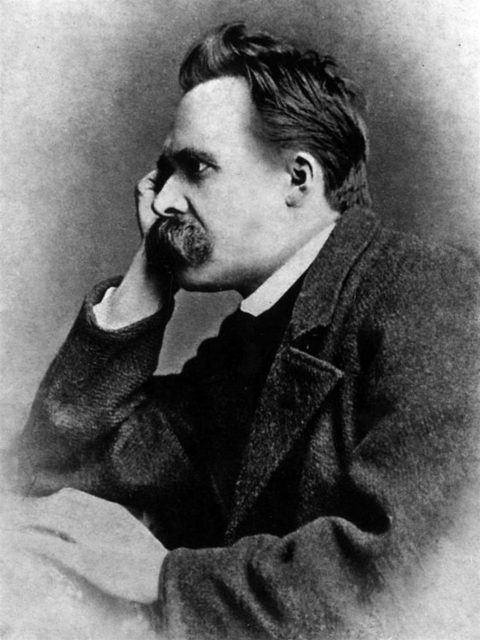
It is believed that Nietzsche lost his sanity, with one particular event in 1889 often highlighted as the definitive moment of his mental collapse.
The story goes that on the morning of January 3, 1889, while Nietzсche was taking a long walk through the city streets, he saw a horse being whipped by its owner. The merchant apparently had difficulty getting his the stubborn horse to move, so in frustration began to flog the animal. Distraught at the sight, Nietzsche rushed toward him in a flight of rage, threw his arms around the horse’s neck in order to defend it from the vicious blows, only to break into tears and collapse to the ground right after.
Nearly arrested for this unexpected outburst, the philosopher was quickly ushered away by his friend and landlord, David Fino, who took him home. He spent the next two days on a couch in a complete vegetative state. At least, this is one version of the events, used as a premise in a movie about the horse, and his life after.
He was sent to a mental asylum in Basel and on January 18, only two weeks later, he was transferred to the Jena mental asylum, where he was given a diagnosis of tertiary cerebral syphilis based on the fact that he was displaying signs of paralytic dementia, a neuropsychiatric disorder associated with the later stages of syphilis.
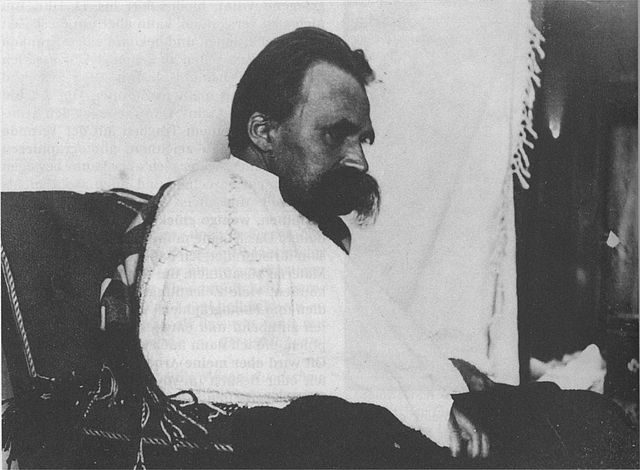
If untreated, in the tertiary (late) stage of this disease, those infected display an onset of symptoms associated with Neurosyphilis, which usually occurs 10 to 20 years after infection. Paralytic dementia, or general paralysis of the insane, is one of them.
Many, including Nietzche’s family, consider syphilis to be the reason for his mental breakdown that morning in Turin. They speculated that he had contracted it earlier in his life, and that having gone untreated for so many years, it took its toll. The letters he wrote in very quick succession before and after this event only strengthened their beliefs. The subsequent reports by the people receiving these letters eventually became the basis for his hospitalization.
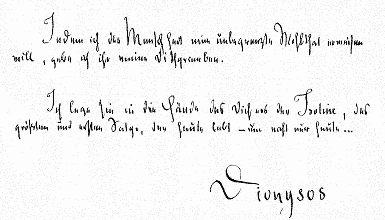
The Nietzsche Channel offers a full array of these writings, labelled “Letters of Insanity” or Wahnbriefe, which were short letters he sent to many of his friends, as well as royal figures, signed alternatively underneath as “Dionysus” or “The Crucified”; these two characters, themselves polar opposites, were much discussed in many of his writings.
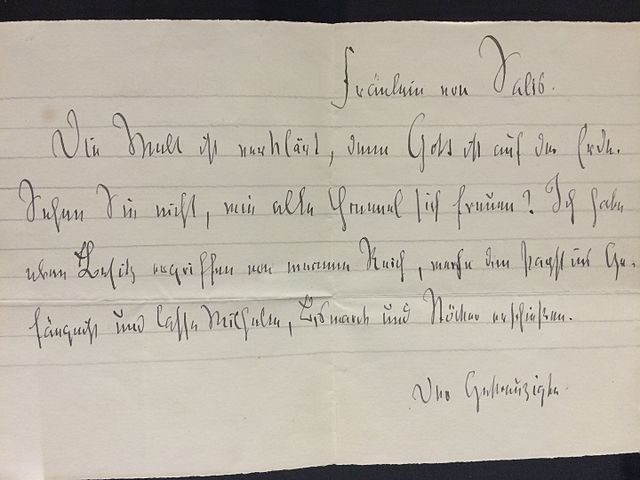
However, many of his collaborators and friends doubted this, and recent evidence leads to alternative reasons for his spiral into ill health and death. One plausible theory is offered by Dr. Leonard Sax, who in 2003 published an elaborate study in the Journal of Medical Biography, claiming it was not syphilis that killed Nietzsche, but a slow-developing tumor. He strongly objects to the syphilis theory, first because notes from back then show no real indications of the symptoms which nowadays are regarded as indicative of syphilis, such as a blank face, an inability to write or articulate sentences, slurred speech, to name a few, and secondly, during those times, anyone diagnosed with tertiary syphilis would have died within 18 to 24 months. On the contrary, Friedrich Nietzsche lived for another 11 years.
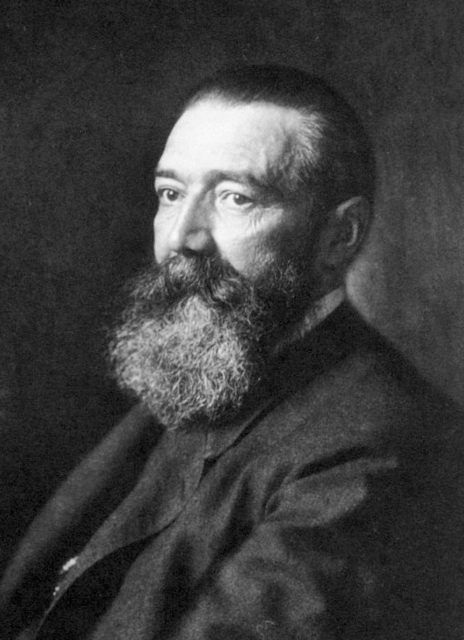
He adds that the only piece of evidence that points to him having syphilis was a single section in a book published by Wilhelm Lange-Eichbaum right after World War II, which ended claiming “a Berlin neurologist told me that Nietzsche had infected himself with syphilis in a Leipzig brothel during his time as a student there and that he had been treated for syphilis by two Leipzig physicians.” Despite the lack of evidence to support this claim, his view was adopted by many intellectuals who were more than willing to smear Nietzche’s name and his later works, claiming they were anti-Semitic and a direct product of slow-growing lunacy. His only support were the two letters the two doctors sent to a colleague in Berlin. The letters were supposedly destroyed and the name of the doctor was never provided in his claims.
“Extraordinarily, this single passage in Lange-Eichbaum’s obscure book is the chief foundation, cited again and again, directly or indirectly as we shall see, as ‘’proof’’ not only that Nietzsche had syphilis, but also that Nietzsche’s dementia was caused by paretic syphilis,” states Dr.Sax in his journal. He goes on to articulate, “one man’s gossip becomes another man’s reference, which in turn becomes a scholar’s footnote.”
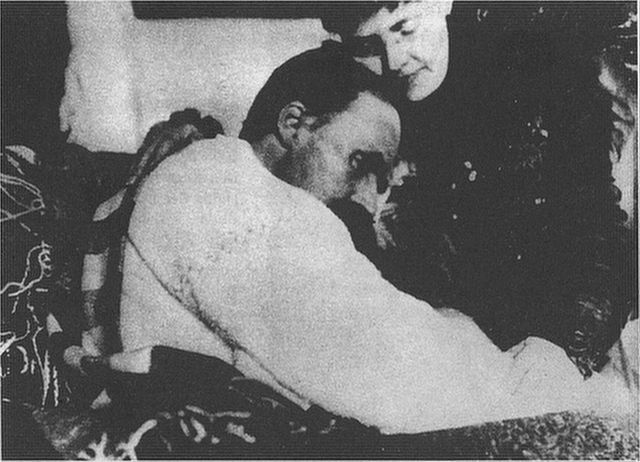
His ideas, layered through thousands and thousands of pages, are, to say the least, hard to grasp, let alone summarize without running the risk of getting him wrong, especially if one considers the fact that his writings are ambiguous and often times contradictory. So it came to be that many of them, in particular his ideas expounded in “Will to Power,” published in 1901, a year after he died of pneumonia and exhaustion, were wrongfully interpreted to serve the cause of the Nazis in their glorification of the Übermensch (Superman).
Unable to take care of himself, his mother did so for a time. He died in 1900, after having lived a full 10 years in a near catatonic state. His sister, Elisabeth Förster-Nietzsche, took up the task of completing his unpublished books and ideas during this period. It is speculated that much of his works during this time were altered and conceptualized through her views. She became a strong advocate of Adolf Hitler and his views, who attended her funeral in 1935, and she was responsible for her brother’s false image as “the godfather of fascism.”
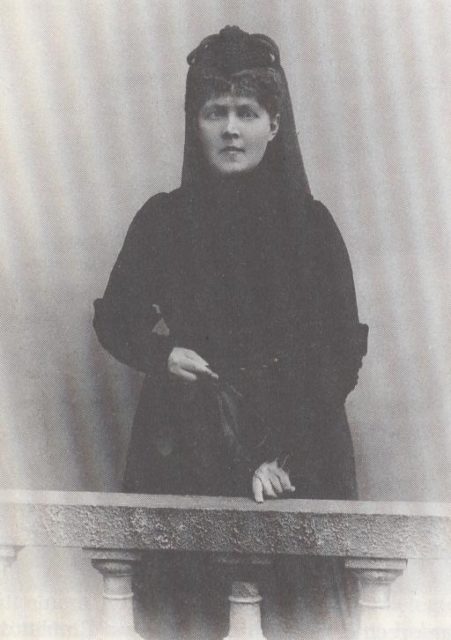
The Nietzsche Encyclopedia offers some much-needed insight on this subject matter, and its publisher Christian Niemeyer, in an interview he gave for The Daily Telegraph, states “Förster-Nietzsche did everything she could–such as telling stories about Nietzsche, writing false letters in the name of her brother, and so on–to make it seem that Nietzsche had been a right-wing thinker like herself.” He and his team of 150 distinguished scholars found that she was omitting parts of books where her brother was condemning anti-Semitism, and implementing her own bigotry instead. Furthermore, they discovered a whole plethora of falsified letters dating from as far back as 1887.
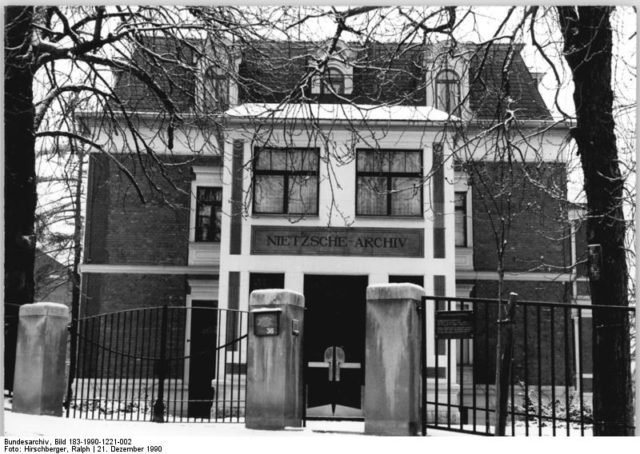
This brings the authenticity of the letters he wrote right before and shortly after he had a breakdown into question, and it could well be that those deemed as his “Letters of Insanity” or “The Madness Letters” don’t belong to Nietzsche at all.
Many believe that to even begin to understand Nietzsche’s contradictory views, one must read him from start to finish. Almost everyone who has done so agreed that the event that occurred on January 3, 1889 is the same day when he lost his sanity and his descent into madness began. But others say the story of the Turin horse has its roots in a tale of hearsay from 1910, which was 10 years after Nietzsche died.
In 2011, the Hungarian filmmaker and artisan Bela Tar filmed The Turin Horse, in which he proposes a storyline of what happened to the horse after the event. As for what happened to Friedrich Nietzsche, it is still unclear and a subject of much speculation.
